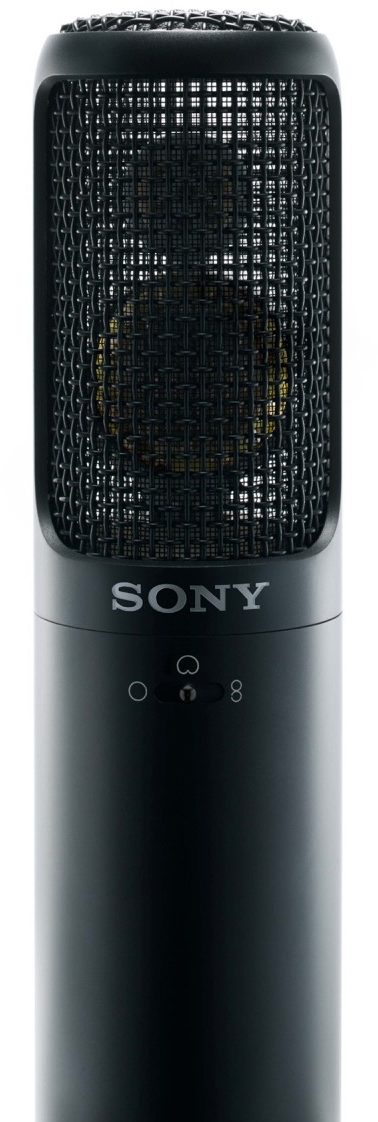

Place the microphone so that unwanted sound sources, such as monitors and loudspeakers, are at these angles, not directly behind it. Thinner, distant sound noticeable levels of ambient noise.Ģ.5 cm (1 in.) from speaker, on-axis with center of speaker cone.`Ģ.5 cm (1 in.) from speaker, at edge of speaker cone.ġ5 to 30 cm (6 to 12 in.) away from speaker and on-axis with speaker cone.Ħ0 to 90 cm (2 to 3 ft.) back from speaker, on-axis with speaker cone.Īvoiding Pickup of Unwanted Sound SourcesĪ supercardioid microphone has the greatest sound rejection at points 120° toward the rear of the microphone. Natural sound, reduced bass and minimal “s” sounds.

to 2 ft.) away from mouth, slightly off to one side. to 2 ft.) away from mouth, just above nose height.Ģ0 to 60 cm (8 in. Robust sound, emphasized bass, maximum isolation from other sources.ġ5 to 60 cm (6 in. Lips less than 15 cm (6 in.) away or touching the windscreen, on axis to microphone. Keep in mind that microphone technique is largely a matter of personal taste there is no one “correct” microphone position. The following table lists the most common applications and placement techniques. Avoid excessive handling to minimize pickup of mechanical noise and vibration.Add a windscreen when using the microphone outdoors.Place microphones as far as possible from reflective surfaces.Keep the distance between microphones at least three times the distance from each microphone to its source (“three to one rule”).For better gain before feedback, use fewer microphones.Use only one microphone to pick up a single sound source.Work close to the microphone for extra bass response.Place the microphone as close as practical to the desired sound source.Aim the microphone toward the desired sound source (such as the talker, singer, or instrument) and away from unwanted sources.Do not cover any part of the microphone grille with your hand, as this will adversely affect microphone performance.Effective built-in pop filter reduces undesirable wind and breath noise.Dent-resistant steel mesh grille and enamel coated die-cast metal construction resist wear and abuse.Advanced pneumatic shock mount system that minimizes transmission of mechanical noise and vibration.Neodymium magnet for greater sensitivity and higher output.Tailored frequency response specifically shaped for vocals, with brightened midrange and bass roll off to control proximity effect.Uniform supercardioid pick-up pattern for maximum gain before feedback and superior rejection of off-axis sound.Premier live performance microphone with Shure quality, ruggedness, and reliability.

A proven shock mount system, hardened steel-mesh grille, and superior build quality withstand the rigors of daily sound reinforcement. The BETA58A is ideal for close-up lead and background vocals, especially in high sound pressure level (SPL) environments. A tailored frequency response accentuates the clarity of vocals, and a tight, supercardioid pickup pattern ensures high gain before feedback, maximum sound isolation, and minimum off-axis tone coloration.
Sound reference dv 100 microphone professional#
The majority of the brands listed are available from the Top 10 Best Online Audio Gear/Equipment Retailers.Ĭlick here to return to My New Microphone's articles on musical equipment brands/manufacturers.The Shure BETA58 ®A dynamic microphone is precision-engineered for vocals in professional live sound reinforcement and studio recording applications. The amplifier types included are as follows: I've also only included companies that produce standalone amplifiers (combo-style instrument amp, powered and active speakers are not included). To keep this article a reasonable length, I've only included bullet points about each brand/manufacturer. In this massive directory, I list out all amplifier brands and manufacturers.


 0 kommentar(er)
0 kommentar(er)
